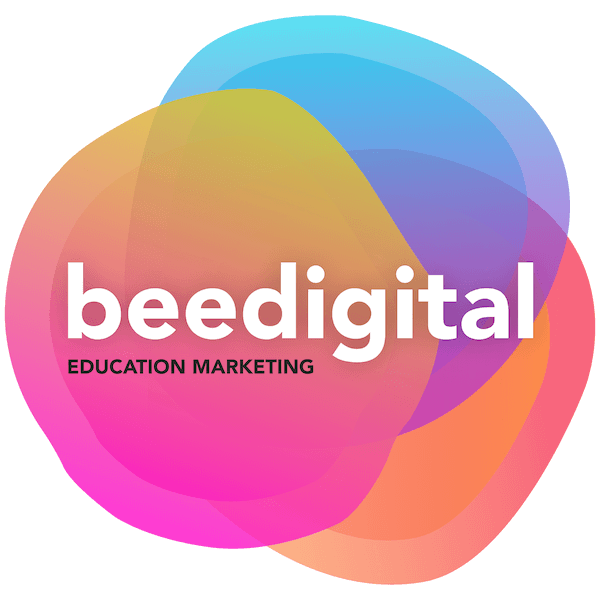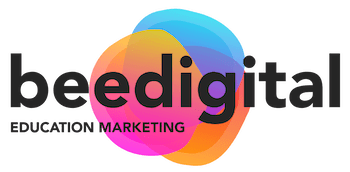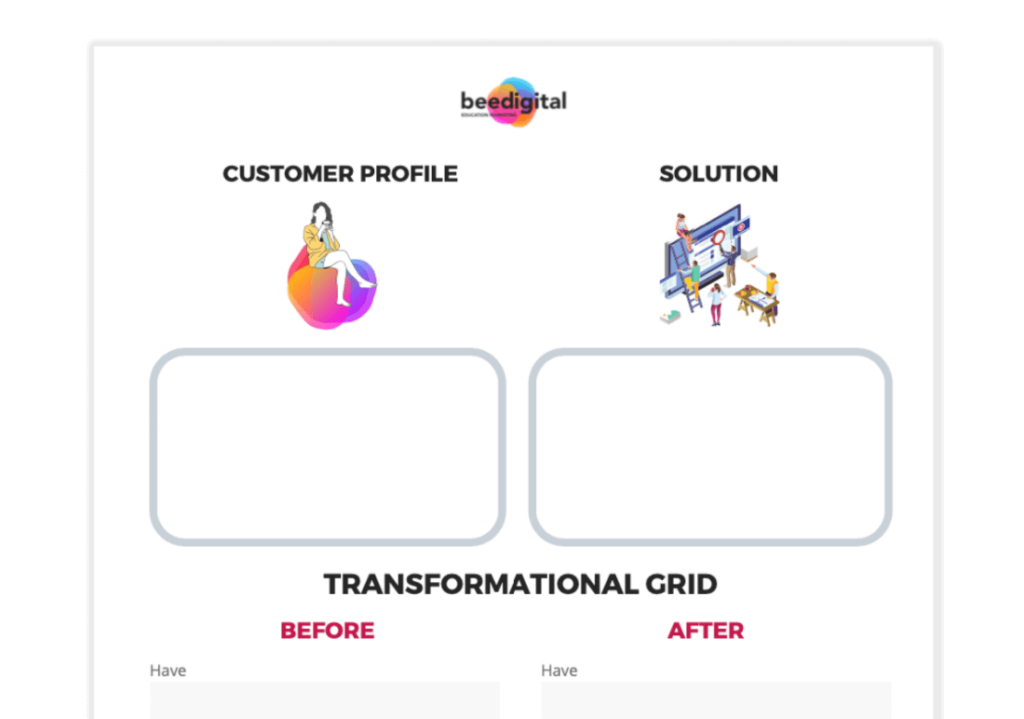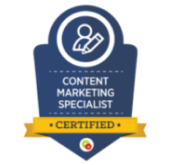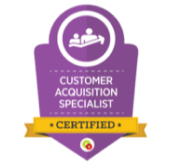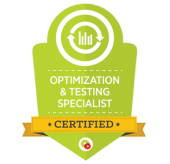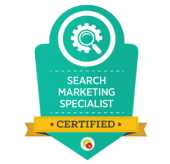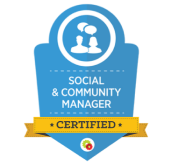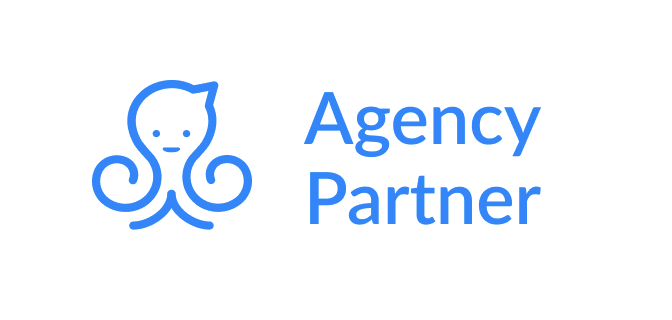"Buy my product or you won't be safe online. Ever again!"
Don’t worry! This isn’t a direct quote from one of our client’s campaigns
It’s an exaggerated example of a tagline that’s used FUD (Fear, Uncertainty, Doubt) to focus on a customer’s pain-point.
However; the concept of FUD in marketing can be wielded in as heavy-handed a way as mjolnir .
Especially if a product’s USP is articulated like the above.
So how do you avoid it?
There are two important things to consider to effectively and ethically use FUD in marketing strategies:
- Be honest. Addressing negative information or situations with facts and stats is not being false or shady if the context is reasonable e.g. school budgets impacting educational resources and learning gaps.
- Lead to a positive outcome. The honest use of FUD can be explored with purpose to stimulate critical thinking, and outline a solution e.g. your product is free or affordable, BUT can easily be implemented without adding to your customers’ workload.
Flip your messaging from the "problem" to the ideal after state
But we can take it further.
Consider your prospect’s journey.
Every lead you generate is real person on a buying path. You can infer from their activity and interaction what stage that might be.
Significantly, in education it’s highly unlikely your ideal customer is on a short journey.
For example if your toaster broke today, and you want toast tomorrow you go on Amazon and order a new toaster. It’s a relatively quick research > purchase process.
But as an educator seeking a new literacy scheme, or assessment software, or playground equipment they are projecting far into the future.
And you need to show them how awesome their life could be in a year’s time, not next week.
But whether you’re looking for toast or text books ultimately what everyone’s looking for is not “Can you fix me now” (even though it seems that’s what people want) but actually “Can you fix my future“.
So, instead of pinning all your hopes on a pain point, try phrasing your proposition in a way that enables you to set up the transformational journey:
“Wouldn’t it be great if you could…”
The key is to present your solution as the way to overcome the challenge your audience is experiencing.
Try the flipped messaging at the start of your landing page or ad copy, and split test the results.
Get on the transformational grid
You know that ‘after state’ I mentioned?
It’s actually a great way to better understand your customer avatars at the start of any campaign.
With our transformational grid shift worksheet, you can clearly map out the before and after state of your target audience.
Here’s an example of a transformational grid for a teacher who needs a new marking system…
- Have = Before your solution, they had an inefficient marking process. Now they save hours on marking each week.
- Feel = They felt overwhelmed and frustrated at how long marking was taking. With your product, they feel a big weight off their shoulders because the job is done quicker without compromising on quality of feedback.
- Average Day = Mornings, break times, lunch times, after school, evenings, and weekends spent fitting in marking – all gone with your time-saving tool.
- Status = From a teacher with no spare time… to a teacher who can dedicate more time to their students (and themselves)!
Want exclusive education marketing advice?
TAIT, our marketing to schools newsletter, hits the inboxes of our industry’s smartest education marketing professionals every other Wednesday.
